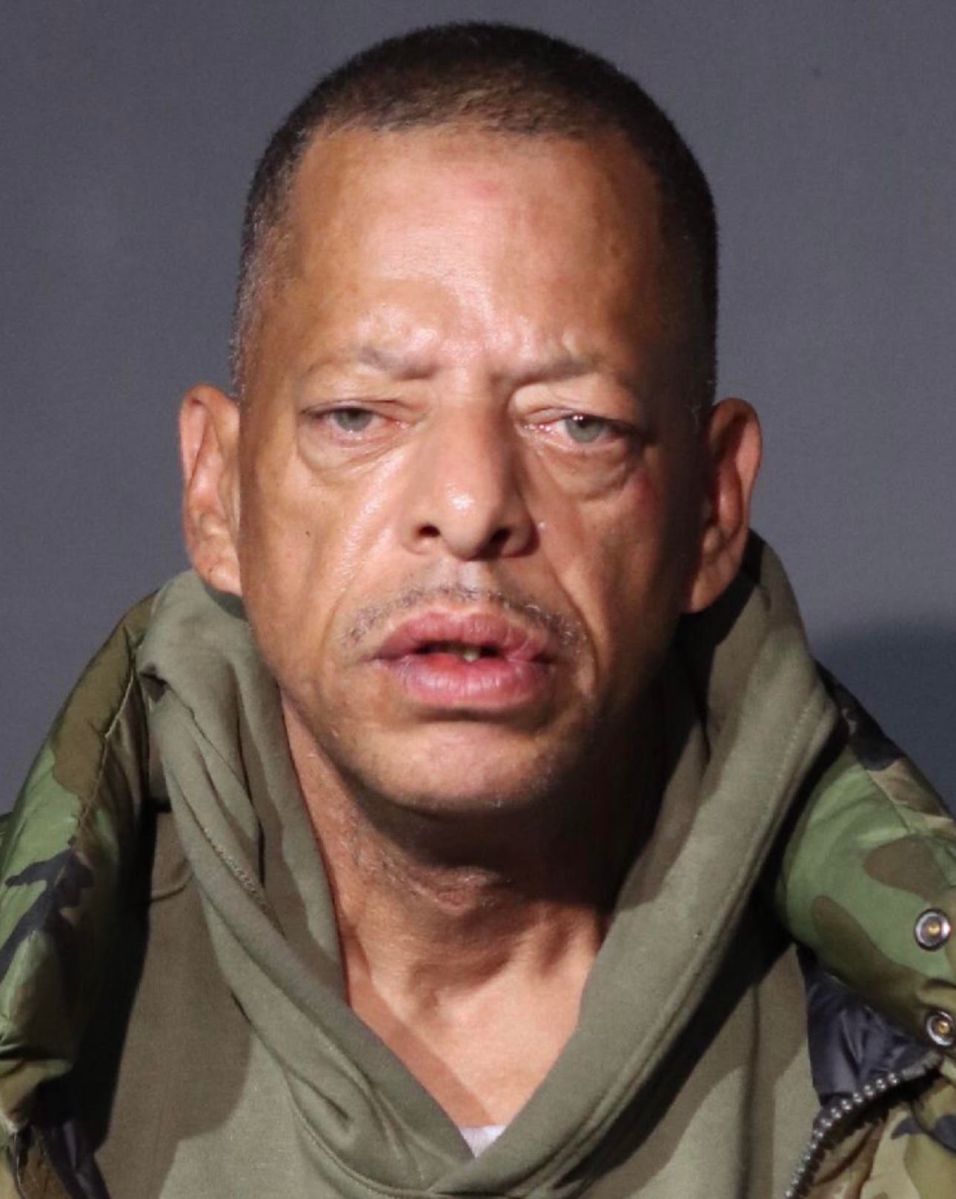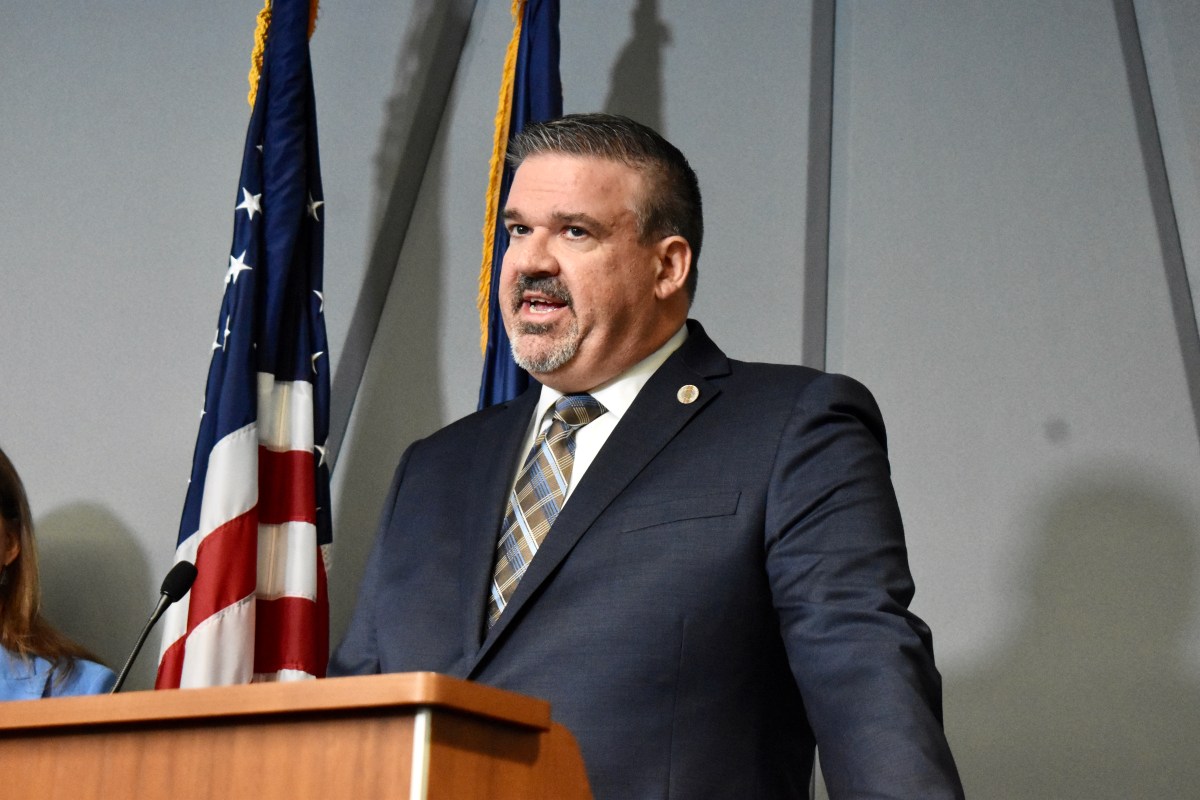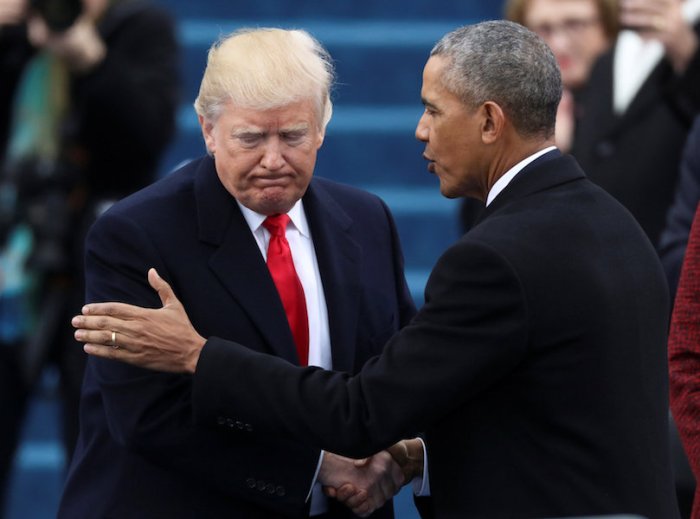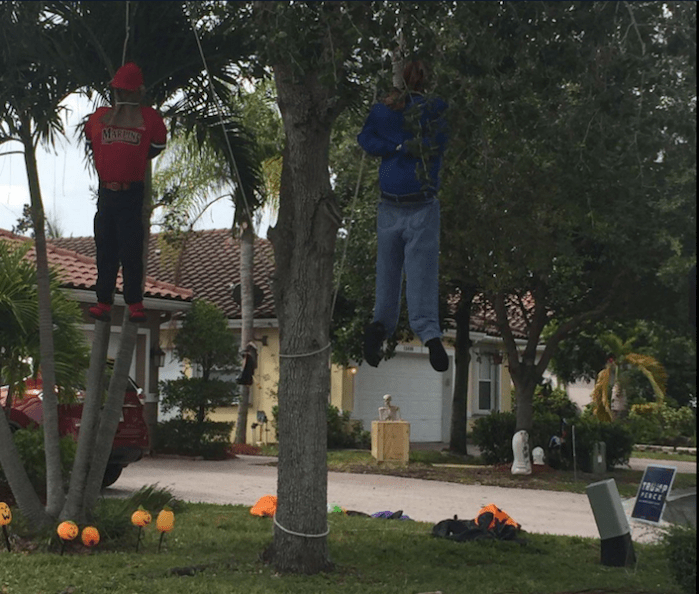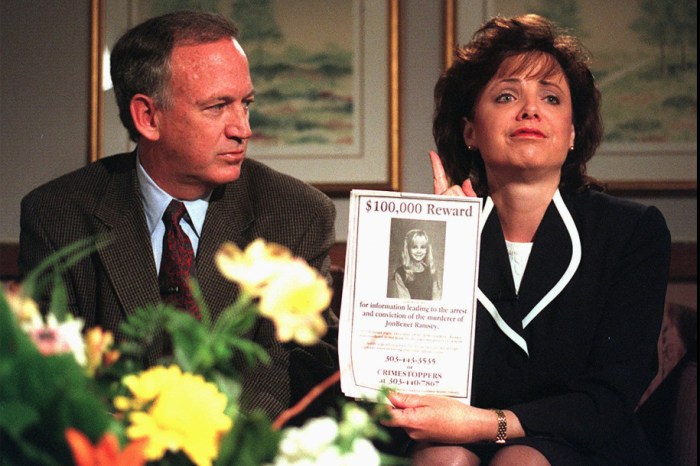Female artists from around the nation are protesting sexism, the attitude “that it’s OK to make comments about grabbing women’s pussies” and supporting a constitutional amendment for equal rights with the upcoming exhibit UPRISE/Angry Women. The exhibit, which will open to the public on Wednesday at Untitled Space in Tribeca, is much more than just a way to showcase work, according to the founder of the gallery.
“At the end of the day, I see the artwork as an act of protest in its own right,” artist Indira Cesarine said.
Cesarine said she launched Uprise/Angry Women the day Hillary Clinton conceded the election as a way for female artists to respond to the number of Americans who voted for Donald Trump, a potential anti-abortion Supreme Court justice appointment and the idea that “it’s OK to make comments about grabbing women’s pussies.” RELATED:See inside The Nasty Women Art Exhibition: Photos “This exhibit in particular is obviously politically motivated and responsive to the offense that so many women feel in response to specifically the president-elect’s ideas and actions against women, but also on a larger scale, the general societal inequalities that we live with every day,” participating artist Christina Massey said. “I think the artists involved want to feel that they are standing up for themselves and others, making their voices heard.”
Massey, who recently started a pro-female artist blog called WoArt, said she would like the government to acknowledge that she has the same rights as men, which would set a standard for “evolution in society.” Part of that call to action will be in the form of donations. Twenty-five percent of every purchase from the Uprise/Angry Women exhibit will be donated to the ERA Coalition, a political nonprofit that is pushing for the ratification of the Equal Rights Amendment (ERA). RELATED:10 events for nasty women, feminists and any other decent human beings What many Americans don’t know — about 80 percent, according to the documentary “Equal Means Equal” — is that women do not legally have the same rights as men under the Constitution. “Certainly the Constitution does not require discrimination on the basis of sex,” the late Supreme Court Justice Antonin Scalia said in a 2010 interview. “The only issue is whether it prohibits it. “It doesn’t.”
The Equal Rights Amendment was introduced in 1923 and passed by Congress in 1972, but fell short of the 38 states needed for ratification in 1973. The deadline was extended, but in 1982, the amendment remained three states short of making it into the U.S. Constitution. If you go: The leader of the anti-ERA campaign was Phyllis Schlafly who told women that women would be drafted and sent into combat, forced to use co-ed bathrooms in which females would be raped and housewives would lose the right to alimony, Cesarine explained. Schlafly, who once quipped “I’d like to thank my husband for letting me be here tonight” while giving a speech, according to U.S. History, was also concerned about how equal rights between men and women would affect gender roles and the rights of members of the LGBT community to marry. “Basically everything she used against the ERA has by now actually happened and has been accepted,” Cesarine said.
Cesarine said the exhibit, comprised of 80 accepted piecesfrom more than 1,800 submissions, “is meant to be an empowering. It is meant to promote solidarity.”
Massey echoed that sentiment, saying, “I expect the show to open up the dialog, get people to question the status-quo and to acknowledge how they can help and support themselves, mothers, daughters, sisters and wives.” Follow Kimberly M.Aquilinaon Twitter@KimESTAqui
‘Angry Women’ rise up against sexism with protest/art exhibit
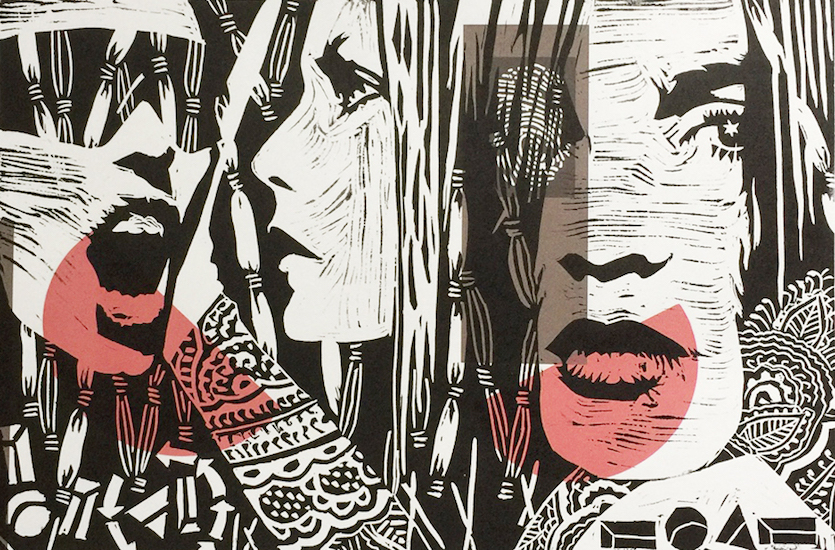
Danielle Siegelbaum












